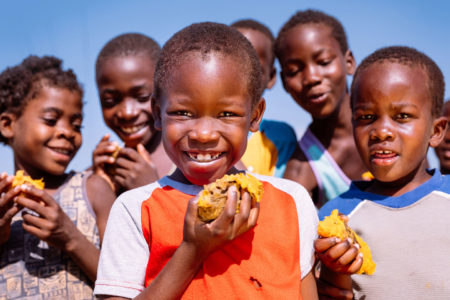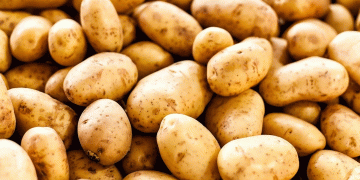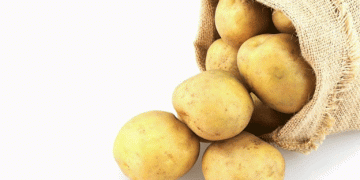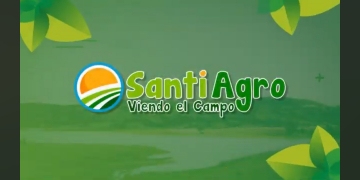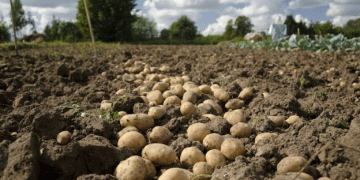As we mark the 50th anniversary since the foundation of CIP and the CGIAR, you can be proud of our collective achievement. Our work has improved the lives of millions. Since 2010 alone, CIP’s innovations have reached nearly 9 million households, contributing to diet diversity, climate resilience, and inclusive livelihoods. The SOAR Foundation recently estimated that CIP has generated USD 10 for each dollar invested. Just two innovations widely adopted in China—the C88 potato variety and training and technology to produce virus–free sweetpotato seed—generated more than USD 6 billion in benefits over 30 years. In short, our work has been a solid investment.
It isn’t always easy to measure the impact of single innovations. Research takes time to generate returns, but once adopted, those returns can flow for decades. Much of CIP’s earlier work laid the foundations for future success. Early scientists, Carlos Ochoa and Alberto Salas, collected potatoes for the genebank, traveling for weeks, often on horseback, in remote regions of the Andes beset by terrorism. Without their expertise and determination, much of the crop improvement we now take for granted may not have been possible.
Five decades of crop improvement has enabled farmers to overcome immense challenges such as limited land and climate change to generate more food and income for their families and communities; nearly 3 million farmers in Asia grow CIP-related varieties, nearly a third of land dedicated to potato production in Peru is planted with CIP–related varieties, and CIP-bred Victoria variety has contributed over USD 1 billion to the Ugandan economy. Gene technologies are delivering game-changing solutions for farmers for even greater returns.
Great ideas, science and dedication helped transform sweetpotato from an orphan crop to nutrition savior. After repeated applications to donors, Jan Low finally received funding for ‘proof of concept’ research that confirmed biofortified sweetpotato could reduce vitamin A deficiency among rural families in Africa. Together with Maria Andrade and Robert Mwanga, multi-disciplinary teams of CIP scientists built broad coalitions of partners to scale nutrition innovations. These efforts have reached more than 6.8 million households in over 20 countries and helped convince national governments and regional organizations to include biofortified crops in their nutrition strategies and investment plans.
Healthy economic development requires inclusive growth and CIP has worked on many fronts to improve livelihoods. CIP and partners have strengthened markets for native potatoes for an estimated 100,000+ small agri- and other businesses in the Andes, used a similar approach to catalyze hundreds of community enterprises and improved market linkages in Africa and Asia. Biofortified sweetpotato puree is finding healthy appetites as an ingredient in the bakery sector in Kenya, generating demand for nutritious foods and revenues for farmers. Annual sales of puree-based products now exceed USD 1 million, with potential demand estimated at USD 5 million annually.
Over the years our innovations have begot further innovations, creating dynamic and creative ecosystems. But innovation starts with people. From the beginning, our success has also relied on strong support from our host countries, particularly Peru, our network of resilient teams, research programs and partnerships. Collaboration is part of our DNA, and through our leadership of RTB, and its multi-center, multi-crop approaches, our networks have expanded significantly.
Fifty years ago, a group of visionaries had the foresight and determination to establish a research center for resource-poor farming communities. Now that CIP has turned 50, where does it go next? Our scientists have brought untold innovations and technologies to farmers. But our fast-growing world in the midst of a climate crisis needs more collaboration than ever before. Not just on crop technologies, but solutions to water shortages, land degradation and climate change.
The future lies with more partnerships, like those with McCain Foods and the World Food Programme to accelerate availability of nutritious foods for resource-poor families across Africa and Asia. The future lies with interventions like the Andean Initiative and Lima 2035, which seek to drive a holistic approach to the transformation of food systems, leveraging biodiversity and cultural traditions to transform lives. Our future lies as a strong constituent member of the One CGIAR. Bringing our centers together, we can offer comprehensive solutions—crop, livestock, land and water technologies—so that citizens of developing countries, can enjoy healthier, more sustainable and more equitable lives now and in the future.
